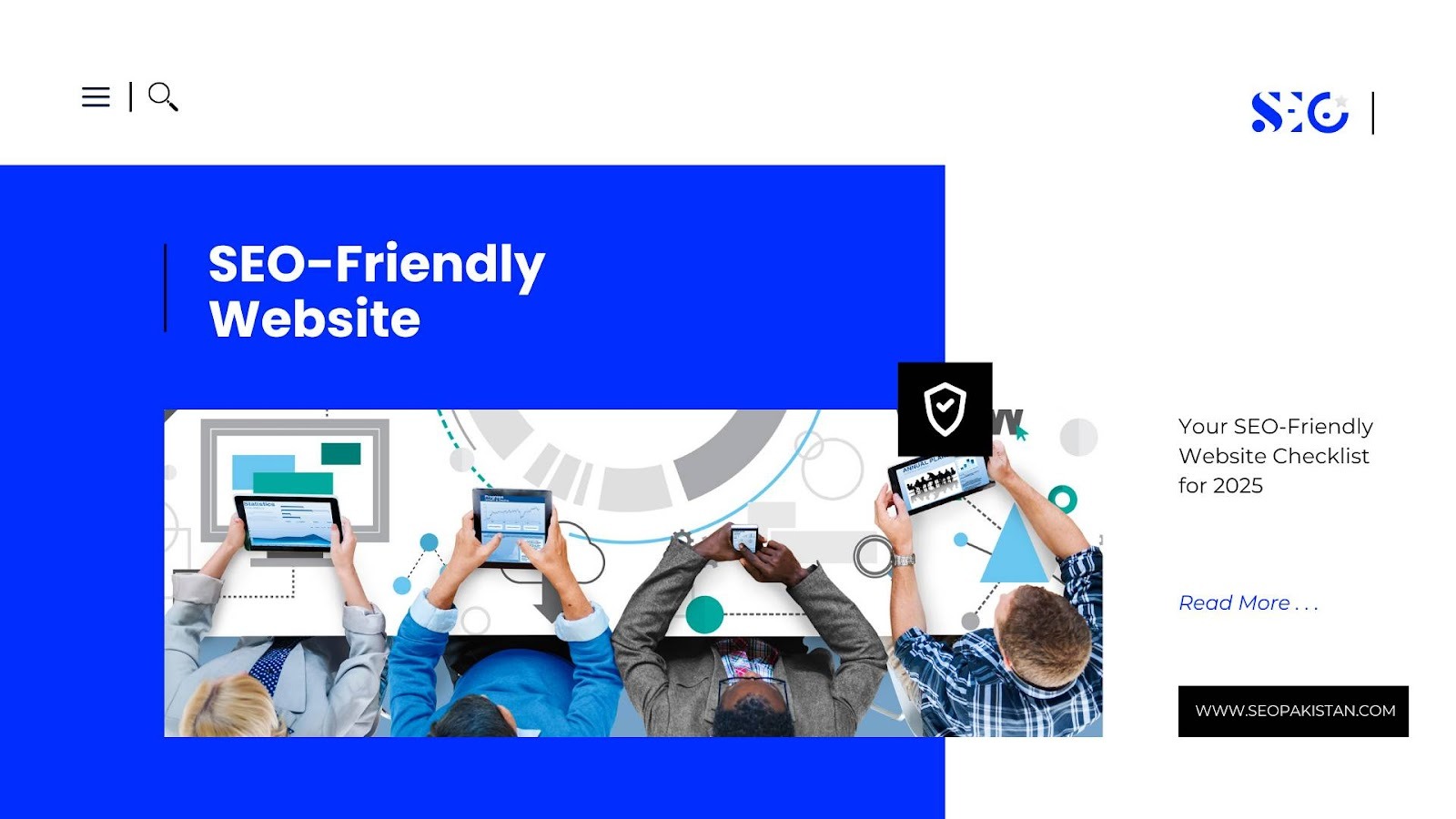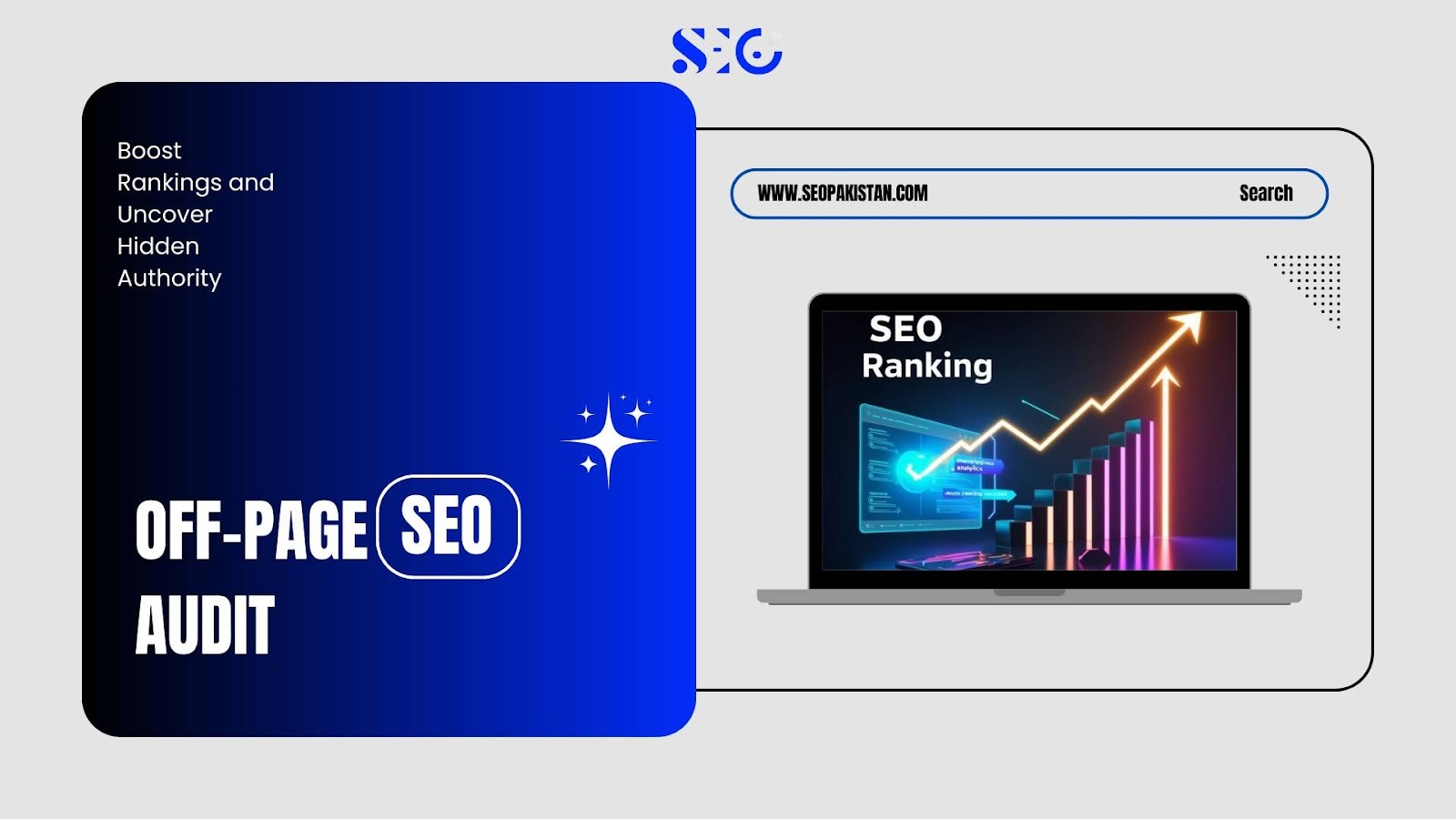You’ve poured hours into crafting the perfect content, but your rankings remain stubbornly low. Sound familiar? The culprit might not be your content quality; it could be technical issues silently sabotaging your SEO efforts.
A website optimized for SEO is structured to ensure search engines can easily discover, navigate, and interpret its content. It provides a seamless experience for both users and search engine bots, ensuring your valuable content reaches its intended audience.
Learn a practical, step-by-step audit process to uncover and fix hidden issues affecting your website’s rankings. By the end, you’ll have a clear roadmap to turn your site into an SEO powerhouse.
Part 1: The Technical SEO Check-Up
Without solid technical foundations, even the most brilliant content strategy will struggle to gain traction. Let’s examine the critical technical elements that determine whether search engines can properly evaluate your site.
Crawlability & Indexability
Before search engines can rank your pages, they must first locate and index them. If bots can’t access your content, it simply won’t appear in search results.
Paste any URL from your site to see if Google can successfully crawl and index it. Pay close attention to any crawl errors or indexing issues reported.
Next, examine your robots.txt file by adding “/robots.txt” to your domain name. Ensure you’re not accidentally blocking important pages like your homepage, product pages, or blog posts.
Mobile-Friendliness
Mobile optimization has become non-negotiable for SEO success. Google uses mobile-first indexing, meaning it primarily evaluates the mobile version of your site for ranking purposes.
Google’s Mobile-Friendly Test provides fast feedback on your site’s mobile performance. Enter your URL and receive specific recommendations for improvement. Additionally, check Google Search Console’s Mobile Usability report for ongoing monitoring of mobile-related issues across your entire site.
Common mobile problems include text that’s too small to read, clickable elements placed too close together, and content wider than the screen. Address these issues promptly to maintain your search rankings.
Website Speed & Core Web Vitals
Page loading speed directly impacts both user experience and search rankings. Websites that load slowly can annoy users and may rank lower on search engines.
Use Google PageSpeed Insights to analyze your site’s performance on both mobile and desktop devices. This tool provides specific optimization suggestions along with performance scores.
- Largest Contentful Paint (LCP): How quickly the main content loads
- Interaction to Next Paint (INP): Measures how quickly your site responds to user actions
- Cumulative Layout Shift (CLS): How stable your page layout remains during loading
Monitor these metrics regularly through Google Search Console’s Core Web Vitals report to ensure optimal performance.
Site Security (HTTPS)
Website security has become a confirmed ranking factor. Search engines strongly favor secure websites over unsecured ones.
HTTPS encryption protects user data and builds trust with your audience. It’s a simple yet crucial step that significantly impacts your SEO performance.
Part 2: The On-Page SEO Essentials Audit
On-page SEO focuses on optimizing individual pages for both search engines and users. These elements directly influence how well your content ranks for target keywords.
Effective on-page optimization ensures that search engines understand your content’s topic and relevance. Let’s examine the key components that determine your pages’ ranking potential.
Keyword Targeting
Each page of an SEO friendly website should target a specific primary keyword that aligns with user search intent. Scattered keyword targeting dilutes your SEO efforts and confuses search engines about your content’s purpose.
The target keyword should appear naturally in the content, typically within the first 100 words. Steer clear of overusing keywords, as it may lead to penalties from search engines.
Consider search intent when selecting keywords. Are users searching for details, planning to buy something, or in need of a particular service? Align your content with what searchers actually want to find.
Title Tags & Meta Descriptions
Title tags and meta descriptions are your content’s first impression in search results, impacting click-through rates and rankings.
- Create unique title tags for each page, under 60 characters, including your target keyword.
- Write compelling titles that accurately describe your content and encourage clicks.
- Keep meta descriptions under 160 characters, summarizing your page’s value concisely.
- Naturally, include your target keyword in meta descriptions to attract users.
- Avoid duplicate title tags and meta descriptions; each page should have unique, optimized metadata reflecting its specific content and purpose.
URL Structure
Clean, descriptive URLs help both users and search engines understand your content’s topic before even visiting the page.
Review your URLs to ensure they’re short, readable, and contain relevant keywords. Use hyphens to separate words rather than underscores or spaces. Remove unnecessary parameters, session IDs, or random characters that don’t add value.
- Good URL structure: /seo-friendly-website-guide/
- Poor URL structure: /page1234?sessionid=xyz&category=blog
Consistent URL structure across your site creates a better user experience and a stronger SEO foundation.
Heading Tags (H1, H2, etc.)
Proper heading structure makes your content scannable for both users and search engines. Well-organized headings guide readers through your content while signaling topic hierarchy to search bots.
- Use one H1 tag per page to clearly state the main topic.
- Follow with H2 tags for major sections to outline key content areas.
- Use H3 tags for subsections to break down major sections into finer details.
- If needed, incorporate H4 tags for more specific subpoints under H3.
- Create a logical content hierarchy that’s easy for readers to follow.
- Naturally, include relevant keywords in your headings.
- Avoid forcing keywords; focus on strategic heading optimization to reinforce the main topic.
Internal & External Links
Strategic linking improves user navigation while distributing authority throughout your site. Links also provide context signals that help search engines understand your content’s relevance and authority.
Audit your pages for broken internal links using tools like Screaming Frog or by checking manually. Replace broken links promptly to maintain user experience and preserve SEO value.
Use descriptive anchor text for internal links rather than generic phrases like “click here.” Anchor text should give users and search engines clear expectations about the linked content.
Include relevant external links to authoritative sources when appropriate. This not only enhances the credibility of your SEO friendly website but also provides additional value to your readers.
Part 3: The Off-Page SEO & Authority Check
Off-page SEO refers to external factors beyond your control that impact your search engine rankings. These signals help search engines evaluate your site’s authority and trustworthiness.
Strengthening off-page SEO involves ongoing effort and building strategic partnerships. Let’s examine the key metrics that reflect your site’s external authority and reputation.
Backlink Profile Health
High-quality backlinks from reputable and relevant websites act as endorsements for your content. A healthy backlink profile demonstrates industry recognition and expertise.
Utilize platforms such as Ahrefs, SEMrush, or Moz to examine your backlink profile. Look for several key indicators:
- Domain Authority: Do you get links from reputable, high-authority websites?
- Relevance: Do linking sites relate to your industry or topic?
- Diversity: Are links coming from various types of websites and domains?
- Anchor Text Variety: Is your anchor text distribution natural and diverse?
Identify and disavow any toxic or spammy backlinks that could harm your rankings. Focus on building relationships with legitimate websites in your industry for future link opportunities.
Monitor your competitors’ backlink profiles to identify potential link-building opportunities. Look for websites that link to your competitors but not to you, then create superior content worthy of their attention.
Brand Mentions & Reputation
Online brand mentions, even without links, contribute to your website’s authority and trustworthiness. Search engines consider brand signals when evaluating site quality and relevance.
- Set up Google Alerts for your brand name, key personnel, and important product names to monitor online mentions.
- Regularly track these mentions to manage your online reputation and spot link-building opportunities.
- Respond professionally to both positive and negative mentions to engage with your community and address concerns promptly.
- Encourage satisfied customers to leave reviews on relevant platforms to boost brand authority and improve local SEO.
Conclusion
Regular SEO audits form the backbone of sustainable search engine success. Technical SEO ensures search engines can access your content, on-page optimization helps them understand it, and off-page signals demonstrate your authority and trustworthiness.
SEO is not a final goal but a continuous process of refining and enhancing. Use your audit findings to create a prioritized action plan. Start with technical issues that completely block search engines, then move to on-page optimizations, and finally focus on building long-term authority through off-page efforts.
Schedule monthly mini-audits to catch issues early and maintain your search rankings. An SEO friendly website that is consistently monitored and improved will ultimately dominate its competition in search results.
Want to skyrocket your SEO and dominate search rankings? Visit SEO Pakistan now and let us help you stay ahead of the competition!
FAQs
What is an SEO-friendly website?
An SEO-friendly website is designed and structured to be easily discovered, crawled, and understood by search engines. This includes optimizing both the technical and on-page elements to improve its visibility and potential to rank for relevant search terms.
Is my website mobile-friendly?
The simplest way is to use Google’s free Mobile-Friendly Test tool. Simply enter your website’s URL, and the tool will instantly tell you if the page is mobile-friendly and provide specific recommendations for improvement.
How do I check my site’s crawlability?
Crawlability is a search engine’s ability to access and “read” your website’s content. You can check it using Google Search Console’s “URL Inspection Tool” for individual pages and the “Coverage” report to identify any sitewide crawling errors.
Does website speed affect SEO?
Yes, page speed is a confirmed ranking factor. Google uses Core Web Vitals to measure user experience, and a slow-loading site can lead to a higher bounce rate and lower search rankings.
How do I check for good backlinks?
Good backlinks come from high-quality, relevant, and authoritative websites. You can check your backlink profile using tools like Ahrefs, SEMrush, or Moz to analyze the quantity, quality, and anchor text of your incoming links.
How do I check site security?
Check your website’s security by looking for the padlock icon and “HTTPS” in the URL bar. If you see a “Not Secure” warning, you need to install an SSL certificate, which encrypts data and is a confirmed ranking signal.













